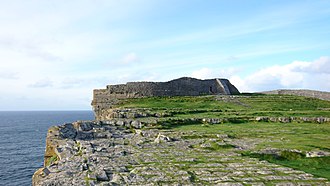No trip to Ireland is complete without a ramble through the mysterious and majestic ruins of the country’s rich history. They provide a window into long-gone eras. From Neolithic structures that pre-date the Pyramids of Giza to romantic battle sites filled with stories of valor and tragedy, here are ten of the most fascinating ancient ruins in Ireland.
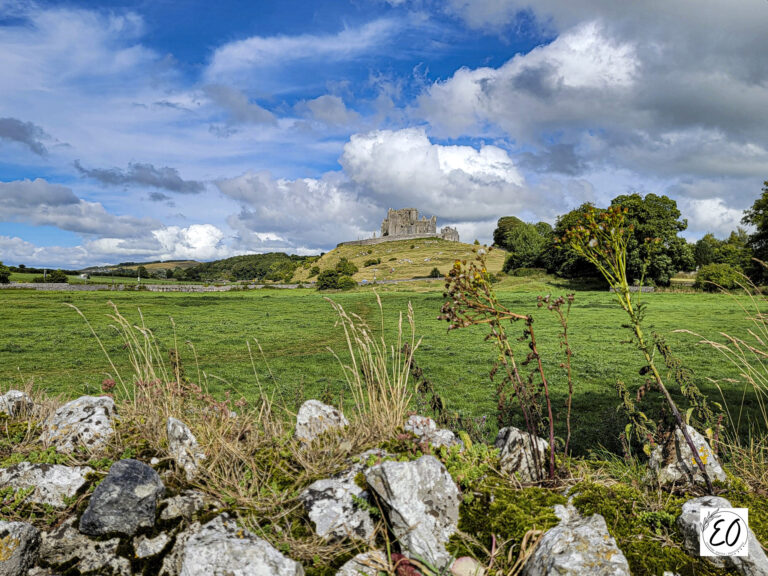
Few sites in Ireland have as much historical significance as the Rock of Cashel. On this site above the Tipperary plain, St. Patrick converted and baptized the King of Munster in the 400s AD. For centuries, the fortification perched atop the steep limestone outcrop was the seat for the Kings of Munster – and was fought over by the various Celtic tribes. In the early 1100s, one of the Kings of Munster (Muirchertach Ua Briain) donated the Rock to the Catholic Church, and the round tower, chapels and other buildings were added shortly thereafter.
The views over the countryside are beautiful. From its cliff-top height, we watched a rainstorm sweep across the fields toward us from miles away. There’s something magical about the place. It is one of the most popular ancient ruins in Ireland and a must-see for history enthusiasts. Save some room for scones and tea at one of the tea rooms at the base of the hill. Public restrooms are available near the car park.
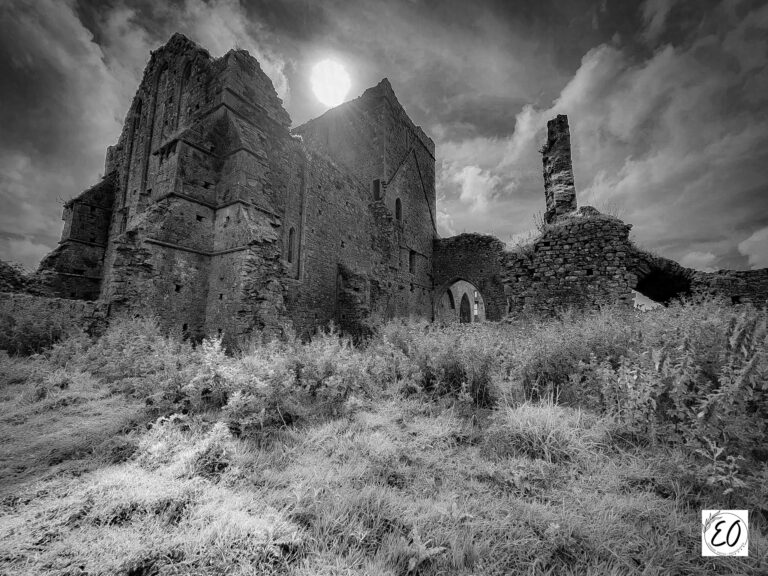
Hore Abbey
Hore Abbey was founded in 1266 as a Benedictine Monastery. Legend states that Archbishop David McCarvil dreamed that the Benedictines were conspiring to murder him. He expelled them in 1272 and let the Cistercians assume control. The remains of the church and grounds are full of arches, niches, and nooks worth exploring. Combine it with a visit to the Rock of Cashel which sits just up the hill.
There are no public facilities available here, and no official tours, but some posted signs give more information for the curious. It’s best to park in the car park at the Rock of Cashel and walk down. Wear your trekking shoes to negotiate the cow patties.
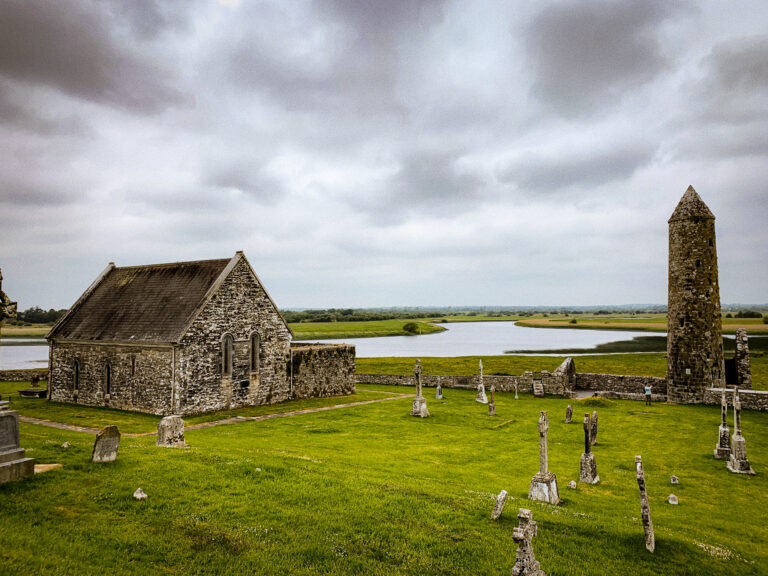
Clonmacnoise Monastery and Round Tower
Clonmacnoise Monastery and Round Tower is one of the earliest Christian sites in Ireland. Founded in 545 AD by St. Ciaran in County Offaly near the Shannon River, the great stronghold was expanded over the centuries with an impressive round tower (909 AD) and seven churches. Visitors get a glimpse of 1,700 years of Irish history. Make sure to bring your camera to take stunning photographs of the site and the surrounding farmland. On our honeymoon decades ago, we stayed in a thatched cottage nearby. You can have the site completely to yourself early in the morning. The graves make for excellent rubbings if you have the materials.
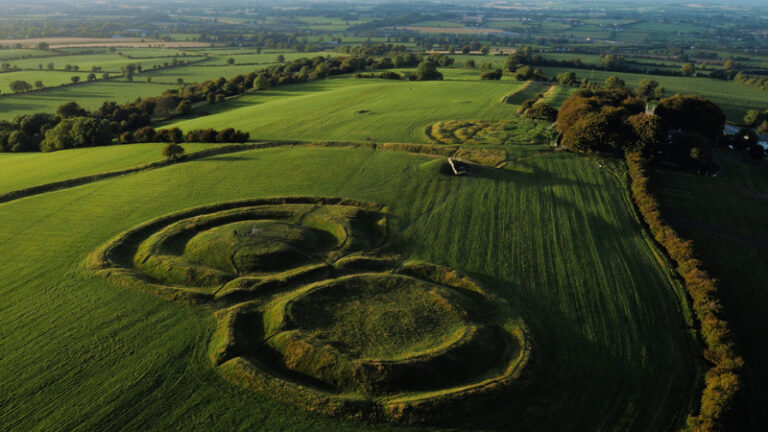
Hill of Tara, County Meath
Located in the Boyne Valley, the Hill of Tara was an important Iron Age hillfort and the traditional seat of power for high kings throughout Ireland’s history. The site is comprised of ancient passage graves, a stone circle, dwellings and monuments built in 5000 BC. It’s believed to have been used as a ceremonial meeting place where rituals may have been conducted as large assemblies were seen at the site. There are still visible carvings at Tara, with many depicting horses and chariots to mark victories in battle.
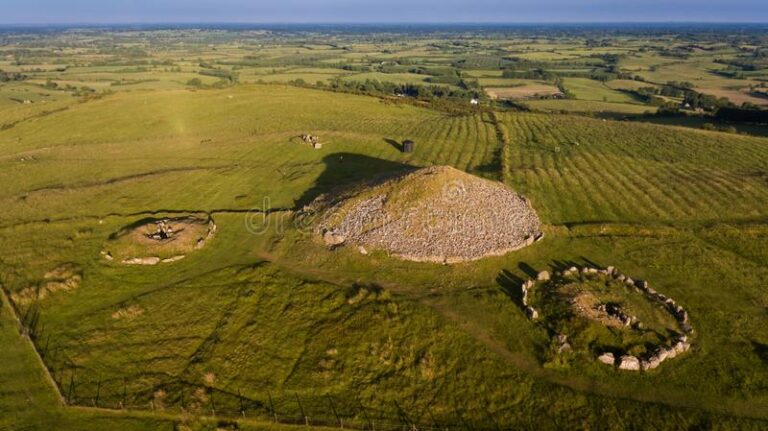
Loughcrew Cairns, County Meath
Built over five thousand years ago, Loughcrew Cairns is an ancient burial site consisting of several ring-shaped stone mounds set in a picturesque valley. The site boasts some of the finest and largest examples of Neolithic art in Ireland, with circles and symbols carved onto some of the stones. There are also stunning views over the surrounding countryside from atop one of the mounds.
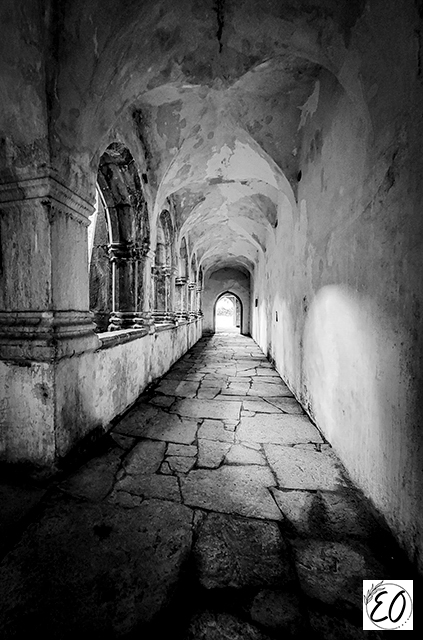
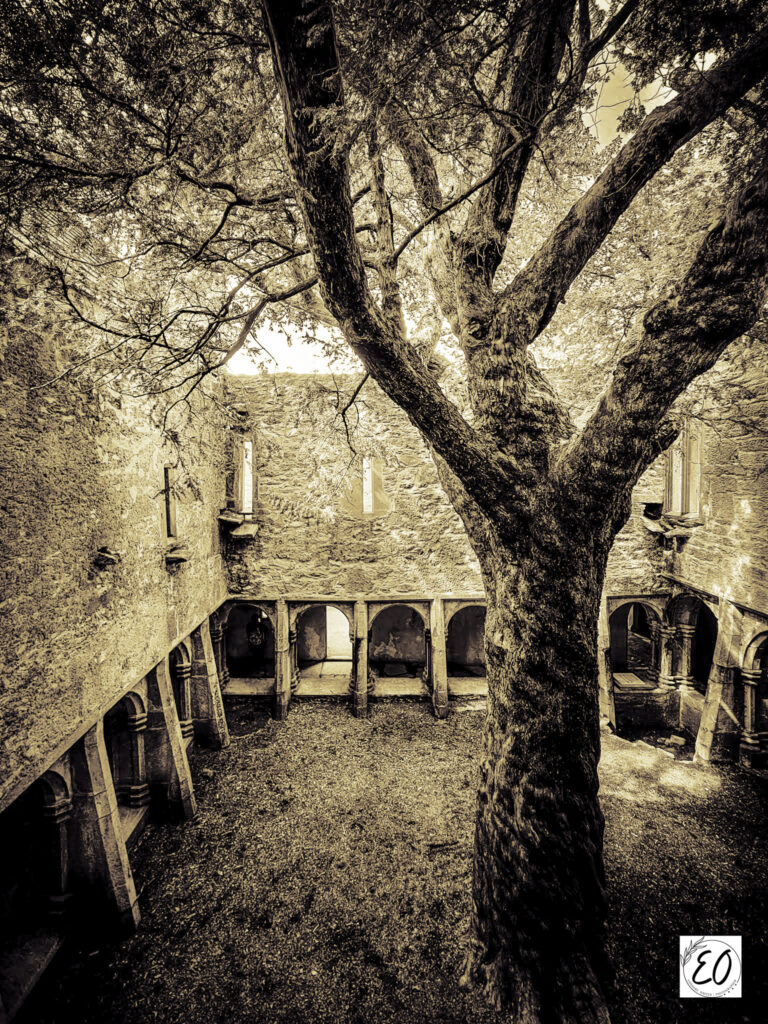
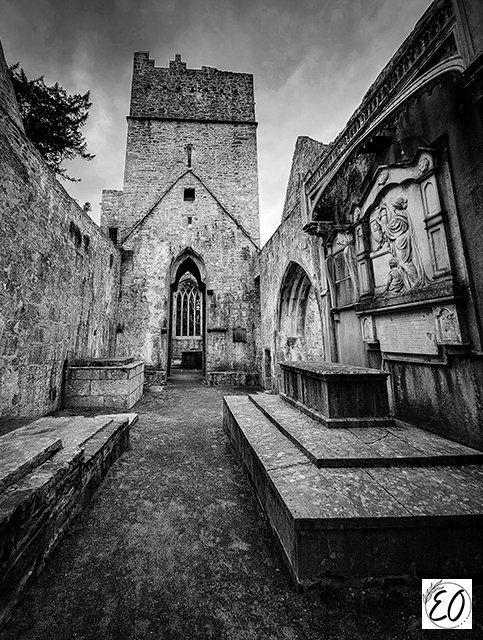
Muckross Abbey, County Kerry
Muckross Abbey, situated in the stunning setting of Killarney National Park has something to offer every visitor. Though it is believed to date back to the 11th century, its origins are shrouded in myth and legend. One such myth is that the abbey was built overnight by a band of elves. Another legend attributes the founding of the abbey to a local Irish chieftain called MacCostellane and his powerful clan. The clan’s loyalty to their chief came with a heavy price, when they were purportedly slaughtered to the last person in a single night by an army from Munster province.
The monks of Muckross Abbey, like many other Catholic monasteries of the time, practiced a peaceful and highly ordered form of worship. Daily life revolved around prayers and rituals such as Vespers, Lauds and Compline along with the Seven Sacraments. In addition to reciting their prayers in Latin, the monks also engaged in more creative forms of worship such as music, sculpture and painting. As one of Ireland’s most iconic monasteries, Muckross Abbey provides visitors with an insight into how the vibrant faith-based culture influenced medieval Europe.
After its abandonment, the Abbey lay dormant for many years before its stunning natural beauty was re-discovered in 1848. The ruins were so well preserved that many believed they had been left intact due to supernatural forces. It has been linked to many strange occurrences, such as whispers in the night, unexplained lights and even the appearance of a ghostly face in one of its windows.
Muckross Abbey has become a popular tourist attraction, and one of my very favorites for its completeness and beauty. From the small parking lot, follow the paved road for about a quarter mile to reach the abbey. Pony traps are available in the parking lot if you don’t wish to walk. No facilities at this entrance to Killarney National Park.
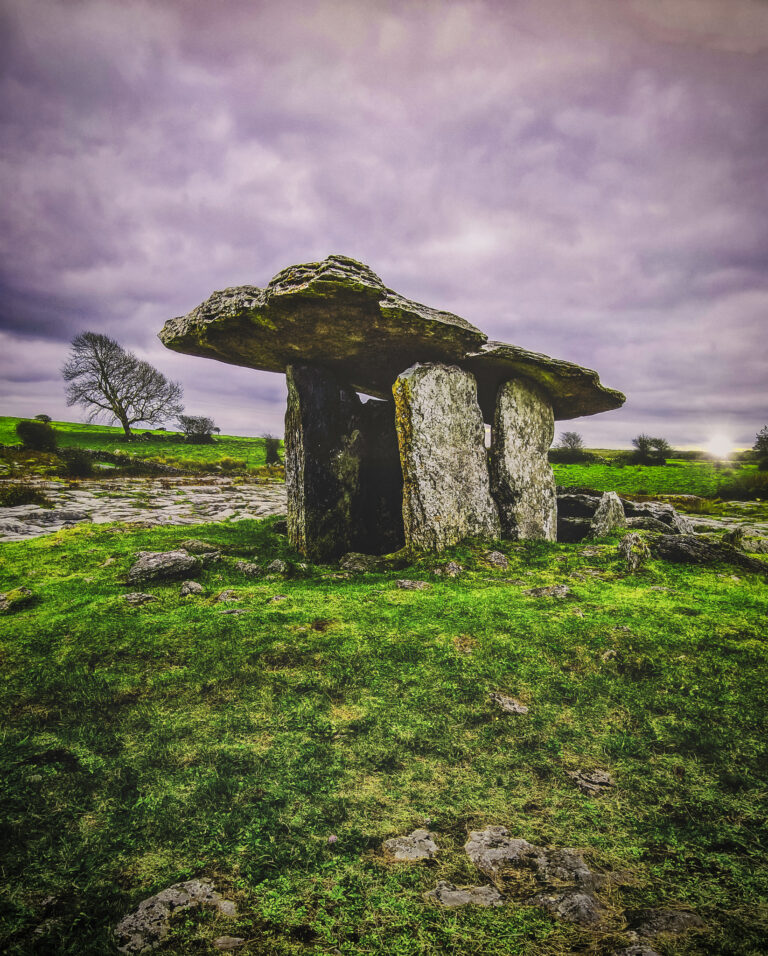
Poulnabrone Dolmen
Considered one of Ireland’s oldest monuments, the Poulnabrone Dolmen is a megalithic portal tomb that dates back 4,800 years. It stands on an isolated limestone plateau in the Burren region and consists of two large standing stones supporting a massive capstone set atop them. Its original purpose is still unknown, but some speculate that it was used as a burial chamber for ancient Celts. The structure has been carefully preserved to this day, making it a great place to explore Irish history.
Dun Aonghasa
Perched on a breathtaking cliff-edge overlooking the Atlantic Ocean, Dun Aonghasa is the largest of the prehistoric stone forts of the Aran Islands. It is enclosed by three massive dry-stone walls. A chevaux-de-frise, blocks of limestone set vertically into the ground to deter attackers, still stands. Originally constructed c.1100 BCE, it’s thought to have been a significant religious centre in Iron Age Ireland. It was re-fortified around 700-800 AD. Excavations revealed significant evidence of prehistoric metalworking, as well as several burials.
The fort is about half a mile uphill from the Visitors Center. Part of the path is rough, natural rock. Boots or strong walking shoes are recommended. Be especially careful near the cliffs as there is no fence or barrier at the edge. Public restrooms are available in the Visitors Center.
From the ferry terminal, you can rent a bike or hire a pony trap to get to the ruins and explore the island. There are fewer than a hundred cars on the island for the inhabitants, and no way for visitors to bring one.
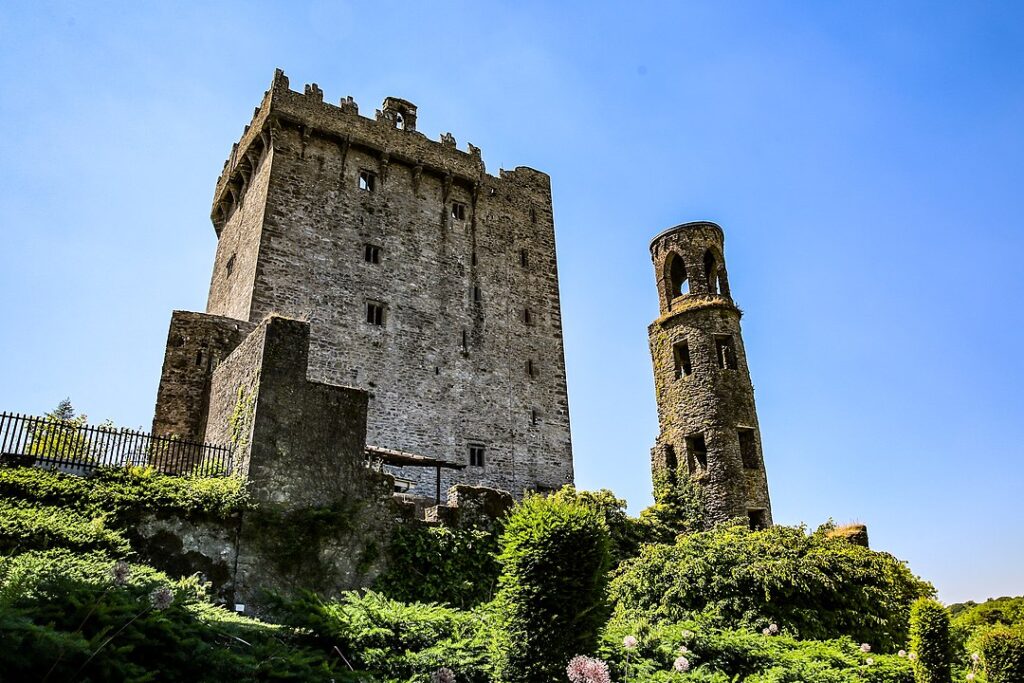
Blarney Castle, County Cork
Blarney Castle is a medieval fortress situated on the River Martin in County Cork. It dates back to 1446 and holds the famous Blarney Stone, which, according to legend, lets those who kiss it become incredibly persuasive in their speech- being “as good as giving a blarney”. There are many other spots of interest at Blarney Castle including an impressive castle keep, gardens and water gardens and the Witch’s Kitchen. Just a head’s up though–I heard a rumor that the locals have been known to pee on the stone for a laugh at the tourists.
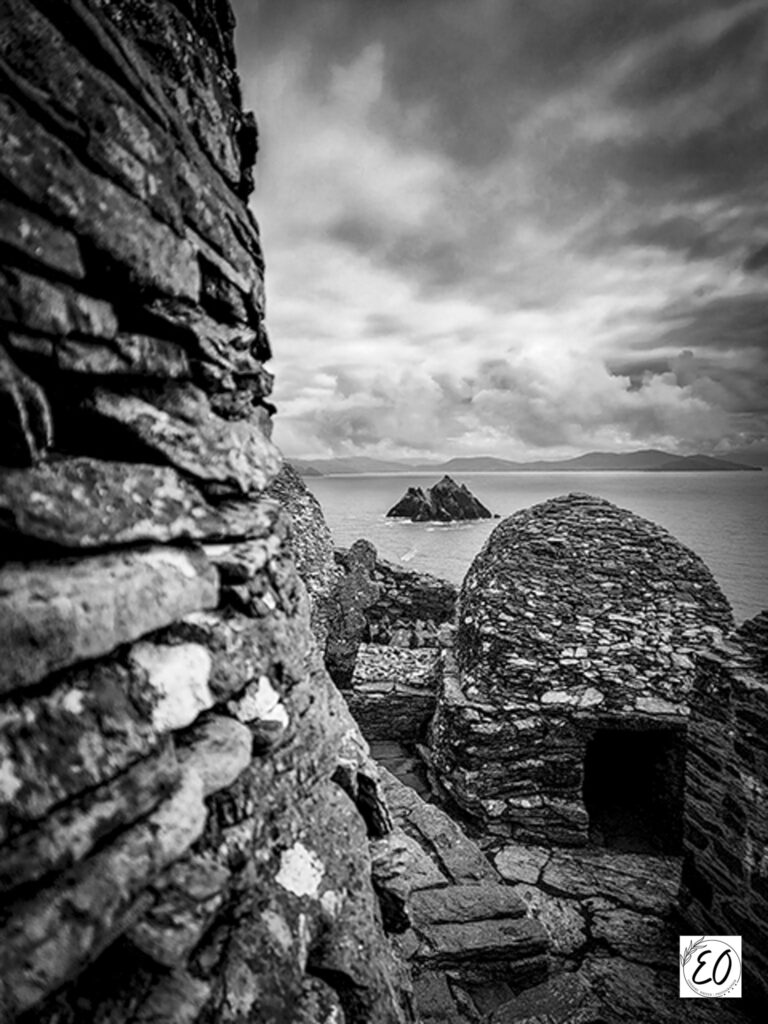
Skellig Michael, County Kerry
Located off the western coast of County Kerry, Skellig Michael is one of Ireland’s most iconic ancient ruins. It was home to a medieval monastery which was built in the 6th century by hermit monks. The breathtakingly rugged island features a steep climb of over 600 steps on a sheer cliff-face to get to its remarkable structures. The ruins include six monastic cells, two beehive huts, and the remains of an oratory chapel where pilgrims worshipped. It is said that their spirituality gave the island its powerful energy and aura. Today, you can visit the site which is now a UNESCO World Heritage Site and feel its mystical peaceful atmosphere for yourself. For a more in-depth look at Skellig Michael, visit this post.
